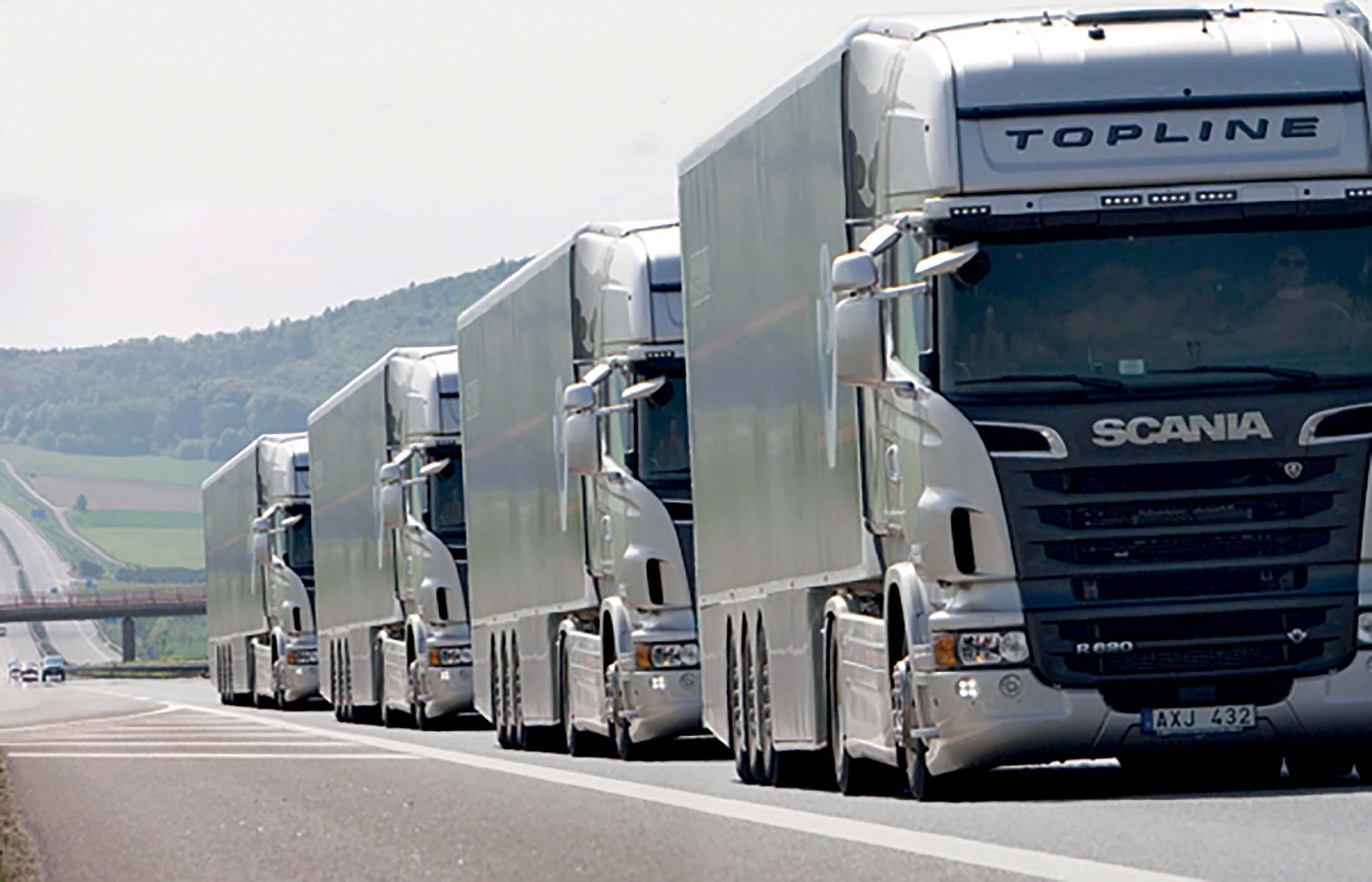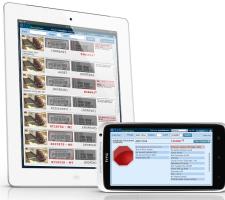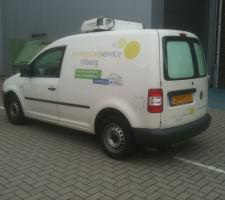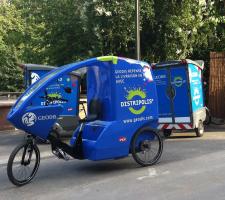
David Crawford reviews freight management initiatives.
Managing truck traffic to minimise its environmental impacts, without adversely impacting on its critical economic role, continues to drive ITS-based solutions in both urban and interurban contexts.
Keeping commerce flowing between and within cities while minimising the environmental damage is a balancing act, sustainable only by appropriate technology. Dynamic route guidance, for example, enables truck drivers to plan and keep to optimum itineraries, using real-time travel and traffic information, and arrive on time to meet customer and local government-agreed delivery windows.
Governments want to ensure that vehicles are safe and regulation-compliant, but hauliers lose out if routine inspections cause queues. Not least, road owners want to contain the costs of maintenance, to which heavy vehicles are the main contributors.
The scale of this problem becomes clear from the
ITS-based technologies underpin solutions including charging, permitted access and compliance monitoring, urban low emission zones, and ‘electronic road-train’ management. Charging of heavy trucks – by time or distance – for using national highway networks, to recover maintenance or environmental costs, is now widely deployed in Europe, using technology similar to that developed for tolling.
European legislation has, since 2013, enabled Member States to include air pollution costs in road charging structures. The European Environment Agency makes the point that these on-costs for heavy trucks are passed on to users, making the price of air pollution visible in freight rates. Most of the continent’s HGV traffic transits individual countries on international journeys, driving the development of cross-border charging interoperability. A Russian scheme currently under development will add a new dimension.
User charging
The high-profile German charging scheme, at the ‘cross-roads of Europe’, set out to make foreign-owned vehicles pay for using the national road network, to fund its operation and extension and encourage more efficient truck use. The in-vehicle technology uses satellite positioning, digital maps of the road network and cellular radio communications, with short-range microwave links for enforcement and cross-border compatibility.Permitted route access introduces scope for trade-offs – as in the Australian Intelligent Access Programme which was sparked by bridge engineers’ concerns over proposals to increase vehicle mass limits. The scheme allows heavy trucks improved access to the road network in return for accepting the monitoring of their compliance with specific access conditions.
Monitoring is by satellite tracking and wireless communications. Sweden is now investigating the approach in preparation for new regulations that will allow larger freight vehicles to use specified sections of the country’s highway network.
The US’
Low emission zones (LEZs) for regulating highly-polluting vehicles are now operational or on the way in over 200 cities and towns in 10 European countries - the largest is in London which has one of Europe’s worst records for air pollution. This uses camera-based automatic number plate recognition enforcement against a database of vehicles registered as meeting European emissions limits - essentially the same technology as that used for the city’s central area congestion charging zone.
A tougher ultra-low emission zone is scheduled for 2020. In 2014 the city hosted a technical visit by representatives of the Beijing Transportation Research Centre, which is preparing to introduce a low emission zone in the Chinese capital. Recent European research suggests that an LEZ reduces the number of active delivery companies without affecting delivery service levels.
Within the growing connected vehicle technology sector, platooning of wirelessly-connected trucks behind a driven lead vehicle has passed early trials in both Europe and the US. These have given positive evidence of fuel savings of up to 10%, resulting from reduced aerodynamic drag, and the feasibility of decreased headways that increase highway capacity, with following vehicles’ braking reaction times reduced to a fraction of a second.
City logistics
At the delivery end of the freight transport chain, the growing issue of the last few km reflects dramatic changes in urban economies over the last 20 years. There are fewer independent retailers, increased demands for express and courier services, decreases in freight storage capacity and consequent pressures for more frequent deliveries, and the development of e-commerce.In some European cities, urban goods transport now accounts for up to 25% of road occupancy. Again, research suggests that as many as 60% of home deliveries fail to reach their destination first time round, generating additional CO2 emissions and increased congestion. The need to meet these challenges has created the new discipline of city logistics, with local governments and the freight industry forming constructive strategic partnerships and developing new technological aids and built structures.
The European Smart City Logistics decision-support mapping tool, for example, aims to help urban authorities develop sustainable freight plans, explore the most beneficial locations for new-style consolidation centres and build the results into traffic predictions. It sets out to quantify potential savings in congestion and air pollution; while route selection capability will identify the shortest path for a delivery vehicle taking in weight and access restrictions.
Consolidation centres on the outskirts of cities (or in their hearts, for example with night-time reuse of existing rail terminals under trial in Europe) siphon off long-haul truckloads for resorting and onward delivery by smaller, less polluting vehicles, with consignments monitored by track and trace systems. Examples include French logistics operator Geodis’ Distripolis network, which won an urban initiative award at the 2014 initial conference of the EU co-funded BESTFACT programme, set up to promote innovation and best practice in freight movement.
Another is the Netherlands’ Binnenstadservice scheme, now operating in 15 cities. In Brussels, distributor TNT parks one large full truck to act as a mobile distribution centre, with onward delivery by electric bikes.
At the other end of the scale come automated locker banks for e-commerce consignments, located inside metro or commuter stations - or, as with, global German courier Deutsche Post’s PackStations, in public spaces - and urban retail outlets converted to send-and-collect shops.
Meanwhile, heavy freight vehicles continue to need direct access to city centres, and drivers want to be able to park conveniently close to their destinations without continuously incurring fines. In the UK the Freight Transport Association recently warned that Central London risked becoming a ‘no-delivery’ zone for the industry. Internet-based booking of designated slots offers a solution.
Across in the US, New York City is experiencing truck numbers growing much faster than overall traffic and double parking becoming commonplace. A pioneering 2013 conference drew on European and US experience to highlight the scope for initiatives including:
- The creation of internal loading/unloading areas in new, large commercial buildings;
- The feasibility of operating electric freight tricycles for urban goods delivery;
- Bookable kerbside delivery windows for trucks; and
- Green loading zones, with priority for electric-powered trucks at specified times of day, aimed at incentivising fleet owners to upgrade their fleets and avoid expensive circling to find delivery points.
Truck impacts on roads
A road test calculation originally developed by the American Association of State Highway and Transportation Officials, and since widely accepted globally, uses the ‘generalised fourth power law’ to support road design and costing methods, and vehicle taxation policies. This states that the impact of one axle of 10tonnes load (heavy truck scale) is 160,000 times more damaging to a road surface than one of 0.5 tonnes (passenger car scale).
Cross border
Europe’s ‘Schengen Area’ abolition of controls at internal borders, while insisting on adequate ITS-based traffic management to minimise delays, offers an eventual model for other groupings, for example the North American Free Trade Agreement region. In the short-term, the US Department of Transportation aims to boost the efficiency of its current paperless customs policy at border crossings with Canada and Mexico, based on electronic data transmission and in-vehicle transponder technology, through its ENTERPRISE technology programme.
This is committed to going well beyond documenting current needs and identifying future ones, ‘whether or not current technologies or approaches exist to address them’. Its results are due by end-2015.








